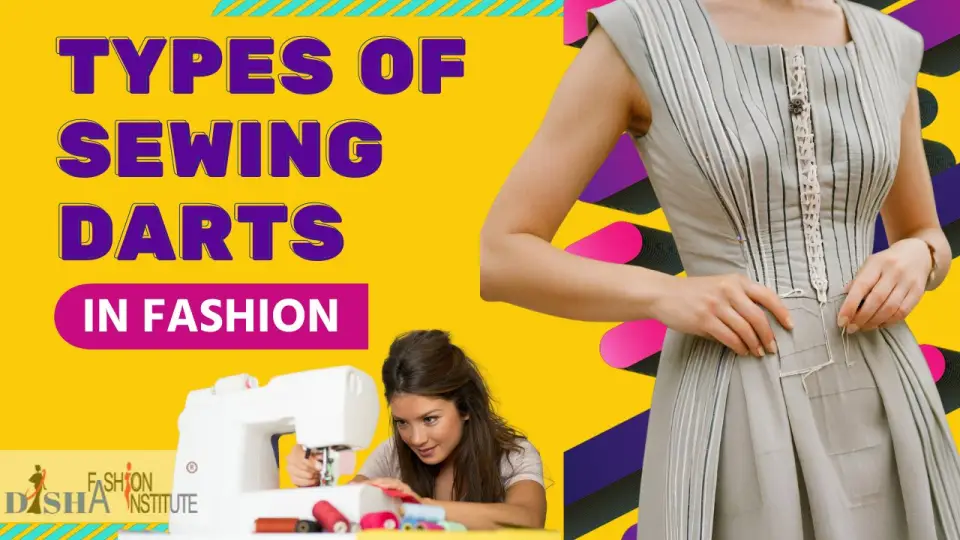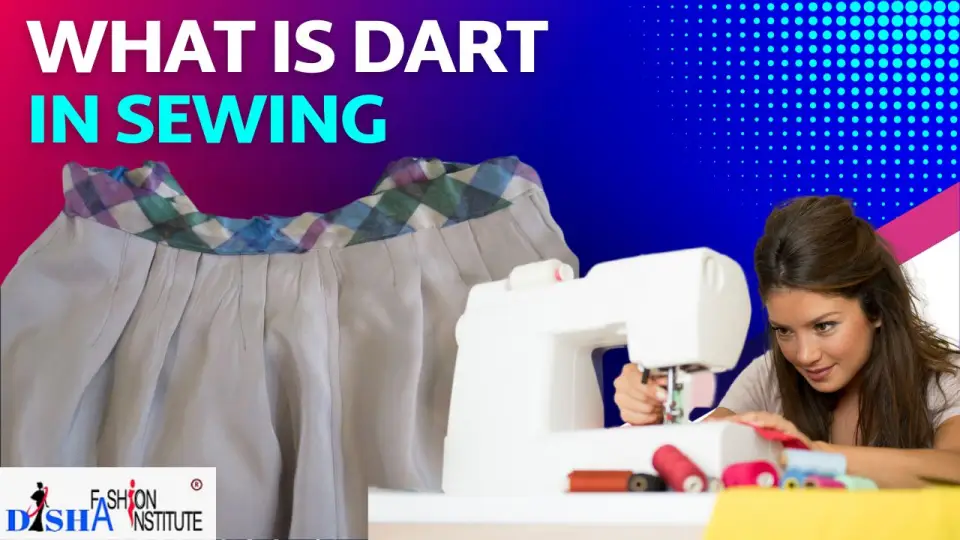What is Dart in Fashion? Demystifying Dart Meaning in Sewing
Dart Definition in Fashion
The human body is anything but flat with its varied curves and dimensions. To ensure that clothing fits flawlessly, it becomes essential to introduce shape into the fabric. While several methods exist to achieve this, using darts is one of the simplest and most effective approaches. Darts, in essence, are folded and stitched wedges strategically placed within a garment pattern to add fullness and shape to specific areas, moulding the attire to the human body's natural curves.
Darts are generally used in crucial regions such as the bust line, hip line, waistline, elbows, and shoulders. Beyond their functional role in providing fitting, darts can also be employed as decorative elements, enhancing the aesthetics of the garment.
Table of Content
Components of Dart
Before sewing a dart, it’s essential to understand the different parts of a dart to ensure precision in the sewing procedure. Here are the key parts of a dart.

- Dart Legs: These are two straight lines that form the outer edges of the dart. They run from the widest part of the dart to the point in the apex where these legs intersect each other.
- Dart Apex: Apex is the point at which dart legs meet. It is usually marked on the fabric and corresponds to a specific point on the body, such as the bust point in the case of the upper torso. The apex is where the dart takes its final shape.
- Dart Point: This point is the end of the dart where the stitching stops. It typically corresponds to the apex and is often marked on the fabric. For the upper torso, this dart point is usually marked ¾” ahead of the apex or bust point.
- Dart Base: The base is the wider end of the dart where the stitching begins. Here, the distance between the dart legs is the dart base.
- Dart Intake: It is the fabric between the stitching line and the dart legs. As you sew, this fabric is folded and stitched to create the tapered shape of the dart. The amount of intake determines the amount of shaping the dart provides.
Understanding these components will help you interpret and follow dart markings on a pattern and execute precise sewing techniques when shaping garments for a better fit.
Explore 15 different types of darts in our next blog post.
The Correct Dart
Crafting the perfect dart involves meticulous attention to detail at every stage, from fitting and marking to stitching and pressing. A well-executed dart possesses certain key qualities:
Thinness: A good dart should be thin, ensuring seamless integration into the fabric without adding unnecessary bulk.
Equality: The dart should appear equal on both sides, maintaining symmetry and balance in the garment's overall design.
Unshrinkable: To preserve the garment's integrity, the dart should resist shrinkage, ensuring a lasting fit over time.
Importance of Dart in Sewing
Fitting Precision: Darts play a pivotal role in providing fitting precision to garments, ensuring they gracefully conform to the unique contours of the wearer.
Decorative Enhancement: Beyond functionality, darts serve as a means of decorative enhancement, contributing to the visual appeal of the attire.
General Rules for Handling Darts in Sewing
Understanding and mastering the art of darts involves adhering to certain general rules:
Dart Base Proportions: The size of the dart base is crucial, influencing the amount of fullness added to the body curves. Larger dart bases are suitable for accommodating larger curves, such as those around the bust.
Narrow Dart Ends: For a refined finish, narrow darts should be crafted on the two or three stitches at the ends of the fold, ensuring a subtle and elegant result.
- Stronger Thread Required: The thread should be strong on the dots of the darts, depending on the clothes. For example, backstitch or lockstitch will not be used on weak fabric. Otherwise, the thread becomes bulky, which ruins the cloth.
- Usually, the darts are straight and merged with the fabric completely.
Conclusion
In conclusion, darts in sewing are not merely functional elements but artistic tools that allow garments to transcend the two-dimensional realm, embracing the three-dimensional beauty of the human form. Mastering the nuances of dart manipulation opens up a world of possibilities, where fabric becomes a sculptor's medium, and clothing transforms into a bespoke work of art.
Explore 15 different types of darts in our next blog post.

![[DISHA] The Best Tailoring School](/media/plg_jspeed/cache/images/Disha_logo.webp)



